
Corporate Debt in Emerging Economies
A Threat to Financial Stability?
Read or listen offline
Amazon KindleRecommendation
After sailing through the 2008 global financial crisis, emerging market economies (EMEs) have hit some headwinds in the form of higher debt, sluggish global economies and tighter credit conditions. The Federal Reserve’s long-awaited interest rate increase could unleash a financial storm in these countries, and one channel for that instability is EME corporate debt. Economists Viral Acharya, Stephen G. Cecchetti, José De Gregorio, Şebnem Kalemli-Özcan, Philip R. Lane and Ugo Panizza investigate EMEs’ vulnerability to another crisis. getAbstract suggests this scholarly analysis, written for the economic community, to finance professionals and investors.
Summary
About the Authors
Viral Acharya et al. are members of the Committee on International Economic Policy and Reform, a nonpartisan group of economists who examine monetary and financial crises, offer systematic analysis and advance reform ideas.









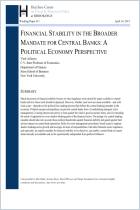
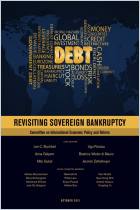
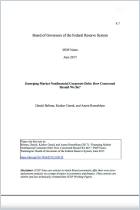
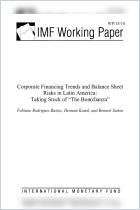

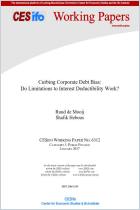





Comment on this summary or Diskussion beginnen